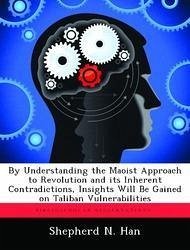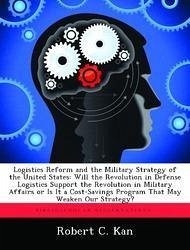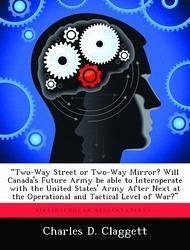
By Understanding the Maoist Approach to Revolution and its Inherent Contradictions, Insights Will Be Gained on Taliban Vulnerabilities
Versandkostenfrei!
Versandfertig in über 4 Wochen
54,99 €
inkl. MwSt.

PAYBACK Punkte
27 °P sammeln!
The Maoist Revolutionary model provides a template of a successful revolution. Both the Taliban and the Chinese underwent similar circumstances. Both movements formed as a result of failed states seeking ways to restore unity and order within their environments. The purpose of this thesis is to use the Maoist revolutionary model to gain insights in vulnerabilities within the current Taliban strategy. First, the thesis examines the history behind both movements to determine if there are any contextual similarities. Second, it studies Mao's philosophies on revolution using his major works. These...
The Maoist Revolutionary model provides a template of a successful revolution. Both the Taliban and the Chinese underwent similar circumstances. Both movements formed as a result of failed states seeking ways to restore unity and order within their environments. The purpose of this thesis is to use the Maoist revolutionary model to gain insights in vulnerabilities within the current Taliban strategy. First, the thesis examines the history behind both movements to determine if there are any contextual similarities. Second, it studies Mao's philosophies on revolution using his major works. These philosophies are applied to the Taliban to gain insights on their weaknesses. Last, the thesis looks at Mao's ideas in protracted war and problems conducting guerrilla warfare. The relevance of these ideas are applied to the Taliban to understand what threatens their strategic overall success from a Maoist perspective.












